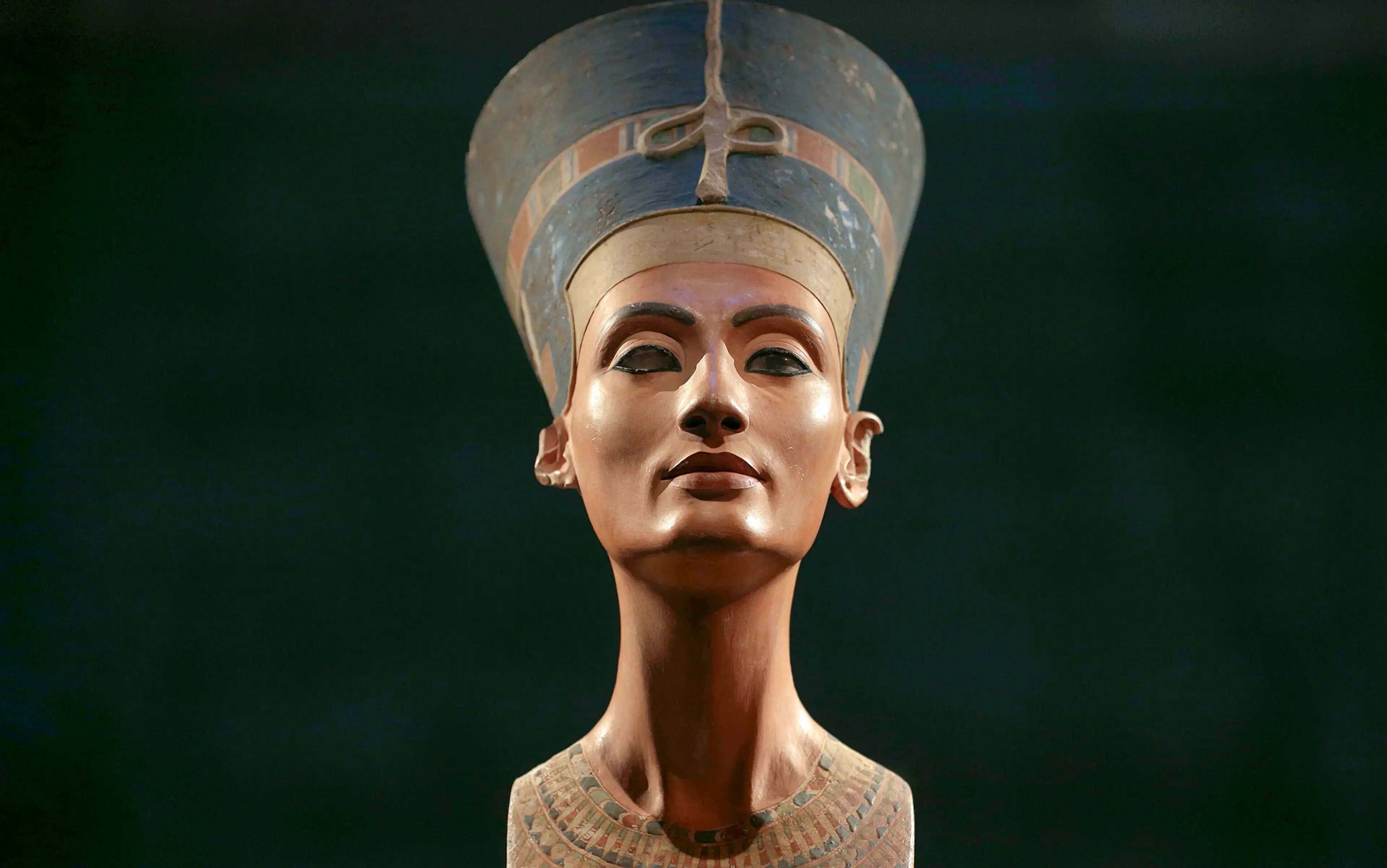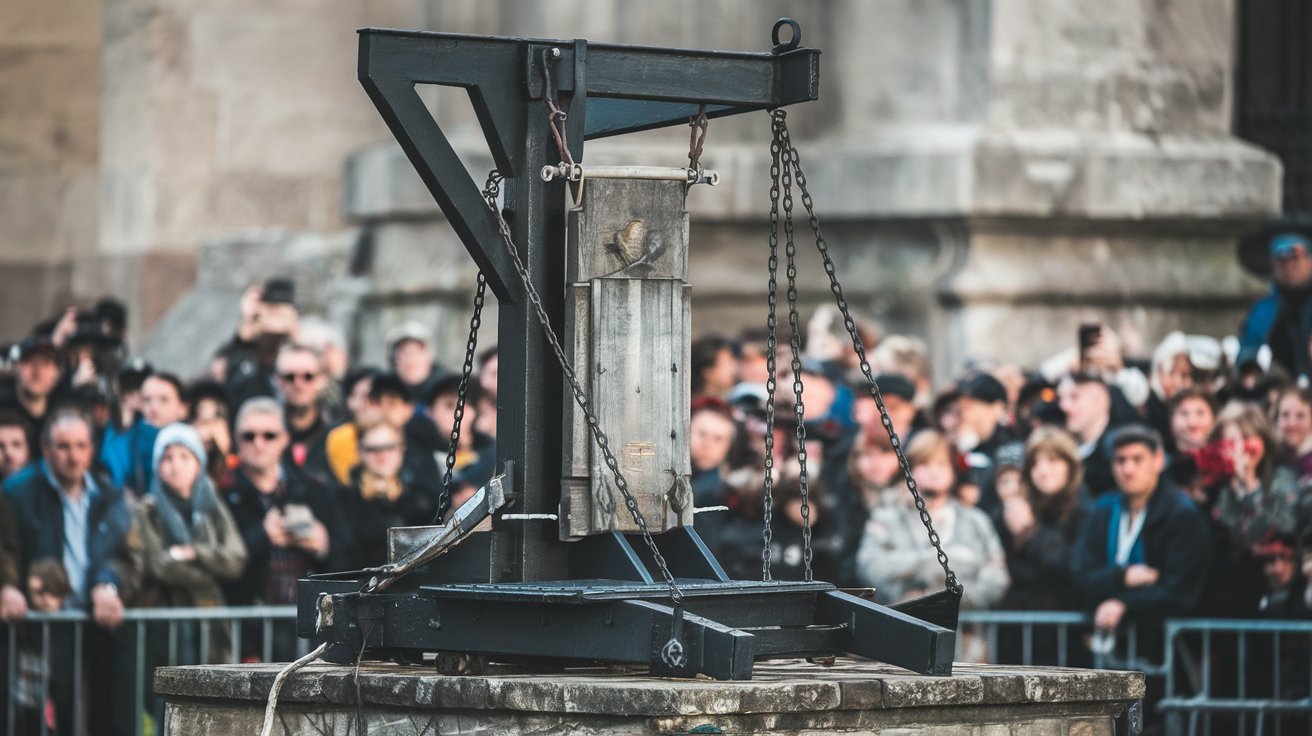
Who was Nefertiti? Nefertiti, one of ancient Egypt's most iconic queens, ruled alongside Pharaoh Akhenaten during the 14th century BC. Known for her stunning beauty, she has been immortalized by the famous bust discovered in 1912. But Nefertiti was more than just a pretty face. She played a significant role in Egypt's religious revolution, promoting the worship of the sun disk, Aten. Her influence extended beyond religion; she was a powerful political figure and co-regent. Did you know she might have ruled Egypt alone after Akhenaten's death? Dive into these 35 fascinating facts about Nefertiti to uncover more about her life, legacy, and mysteries that still intrigue historians today.
Key Takeaways:
- Nefertiti, the iconic queen of ancient Egypt, played a significant role in religion and politics, possibly ruling as a pharaoh after her husband's death.
- The famous bust of Nefertiti, symbolizing her beauty and elegance, continues to inspire modern culture and remains a subject of fascination for historians and archaeologists.
Who Was Nefertiti?
Nefertiti, one of ancient Egypt's most iconic queens, continues to captivate historians and enthusiasts alike. Her life, reign, and legacy offer a fascinating glimpse into the world of ancient Egypt.
- Nefertiti's name means "the beautiful one has come."
- She was the Great Royal Wife of Pharaoh Akhenaten.
- Nefertiti and Akhenaten ruled during the 18th Dynasty of Egypt.
- Together, they established a new religious order centered around the worship of the sun disk, Aten.
- Nefertiti's full name was Neferneferuaten Nefertiti, which means "Beautiful are the beauties of Aten, the beautiful one has come."
Nefertiti's Family and Origins
Nefertiti's origins and family background remain subjects of debate among scholars. However, some facts about her lineage and connections are known.
- She is believed to have been born around 1370 BCE.
- Some theories suggest she was the daughter of Ay, a high-ranking official who later became pharaoh.
- Nefertiti may have been a cousin or sister of Akhenaten.
- She had six daughters with Akhenaten: Meritaten, Meketaten, Ankhesenpaaten, Neferneferuaten Tasherit, Neferneferure, and Setepenre.
- Her daughter Ankhesenpaaten later became the wife of Tutankhamun.
Nefertiti's Role in Religion and Politics
Nefertiti played a significant role in the religious and political life of ancient Egypt, often depicted as an equal partner to Akhenaten.
- She was actively involved in the worship of Aten, often shown performing rituals alongside Akhenaten.
- Nefertiti held the title of "Great Royal Wife," indicating her high status and influence.
- She is depicted in many reliefs and statues, sometimes wearing a pharaoh's crown.
- Nefertiti may have co-ruled with Akhenaten as a co-regent.
- Some scholars believe she ruled Egypt as pharaoh after Akhenaten's death, possibly under the name Neferneferuaten.
The Famous Bust of Nefertiti
The iconic bust of Nefertiti is one of the most recognizable artifacts from ancient Egypt, symbolizing her beauty and elegance.
- The bust was discovered in 1912 by German archaeologist Ludwig Borchardt.
- It was found in the workshop of the sculptor Thutmose in Amarna.
- The bust is made of limestone and stucco, standing at about 19 inches tall.
- It is currently housed in the Neues Museum in Berlin, Germany.
- The bust's realistic depiction of Nefertiti's features has led to debates about its authenticity.
Nefertiti's Disappearance and Legacy
Nefertiti's sudden disappearance from historical records has sparked numerous theories and speculations about her fate.
- She vanished from historical records around the 12th year of Akhenaten's reign.
- Some theories suggest she fell out of favor or died suddenly.
- Others believe she may have taken on a new identity or role, possibly as pharaoh.
- Nefertiti's tomb has never been definitively identified.
- Her legacy continues to influence modern perceptions of ancient Egyptian beauty and power.
Nefertiti in Modern Culture
Nefertiti's enduring legacy has made her a prominent figure in modern culture, inspiring various forms of art and media.
- She has been featured in numerous films, books, and documentaries.
- Nefertiti's image has been used in fashion and jewelry designs.
- She is often portrayed as a symbol of feminine beauty and strength.
- The bust of Nefertiti has inspired countless replicas and artistic interpretations.
- Nefertiti's story continues to be a subject of fascination and research among historians and archaeologists.
Fun Facts About Nefertiti
Beyond her historical significance, there are some intriguing and lesser-known facts about Nefertiti that add to her mystique.
- Nefertiti's name has been used for various products, including perfumes and cosmetics.
- She is sometimes referred to as the "Mona Lisa of the ancient world."
- Nefertiti's image has appeared on Egyptian currency.
- Some believe she was the mother of King Tutankhamun, though this remains unproven.
- Nefertiti's life and reign continue to inspire new theories and discoveries in the field of Egyptology.
Nefertiti's Enduring Legacy
Nefertiti's story still fascinates people today. Her beauty, power, and mystery make her one of ancient Egypt's most intriguing figures. From her famous bust to her role in religious changes, she left a mark on history. Scholars continue to debate her life and reign, showing how much there is still to learn. Her legacy isn't just in artifacts but in how she changed perceptions of female power in ancient times. Nefertiti's influence reaches beyond her era, inspiring art, literature, and even modern culture. As we uncover more about her, our understanding of ancient Egypt deepens. Nefertiti remains a symbol of strength and mystery, proving that some historical figures never fade away. Her story is a reminder of the rich tapestry of human history and the enduring power of legacy.
Frequently Asked Questions
Was this page helpful?
Our commitment to delivering trustworthy and engaging content is at the heart of what we do. Each fact on our site is contributed by real users like you, bringing a wealth of diverse insights and information. To ensure the highest standards of accuracy and reliability, our dedicated editors meticulously review each submission. This process guarantees that the facts we share are not only fascinating but also credible. Trust in our commitment to quality and authenticity as you explore and learn with us.


